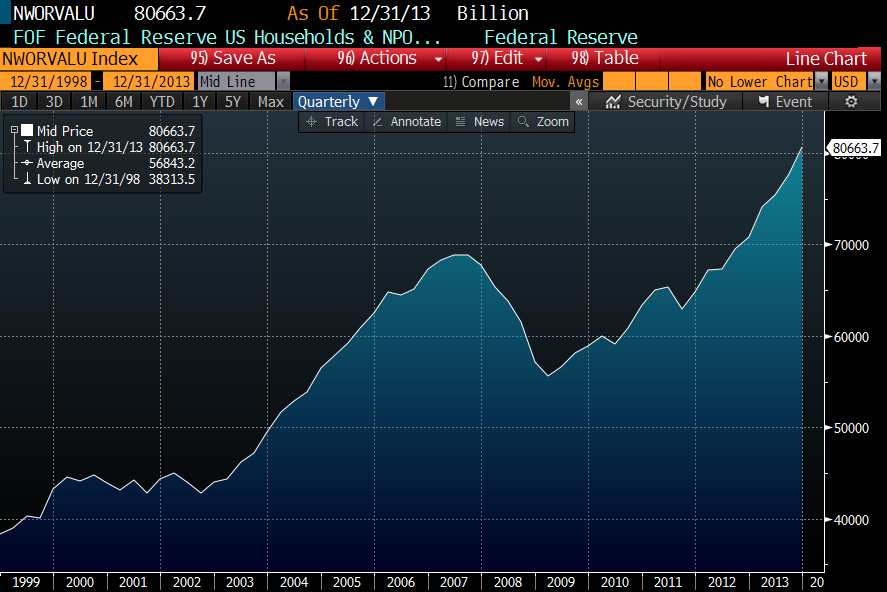Vital Statistics:
|
Last |
Change |
Percent |
| S&P Futures |
1871.8 |
4.1 |
0.22% |
| Eurostoxx Index |
3068.2 |
2.8 |
0.09% |
| Oil (WTI) |
98.16 |
0.2 |
0.17% |
| LIBOR |
0.233 |
-0.001 |
-0.32% |
| US Dollar Index (DXY) |
79.38 |
-0.228 |
-0.29% |
| 10 Year Govt Bond Yield |
2.74% |
0.01% |
|
| Current Coupon Ginnie Mae TBA |
105.6 |
-0.2 |
|
| Current Coupon Fannie Mae TBA |
104.1 |
-0.1 |
|
| RPX Composite Real Estate
Index |
200.7 |
-0.2 |
|
| BankRate 30 Year Fixed Rate
Mortgage |
4.34 |
|
|
Markets are up this morning after some decent economic news. Bonds and MBS are down.
Retail Sales increased .3% in February, which was better than the .2% estimate. January was revised downward. Blame the weather. Initial Jobless Claims came in at 315k, lower than expected, and import prices rose .9%.
We are still waiting for more clarity on the Johnson-Crapo bill which will eliminate the GSEs. Cantor Fitzgerald made a great point, though - Fan and Fred are huge MBS dealers, and what happens to the TBA market when they go away? The GSEs are the backbone of the TBA market, and if they go away, how will the market function? Liquidity risk is real, and if liquidity dries up in a market that will get priced in. If investors lower their bids for mortgage backed securities to take this into account, it means higher mortgage rates. As it stands, the GSEs are still probably going nowhere as they are shoveling money to Treasury and the "protect the taxpayer / lower the government footprint" crowd will probably fight the affordable housing advocates to a draw.
Speaking of politics, it looks like the individual mandate in obamacare
has been pruned again. Now if you lost your insurance and consider the plans under obamacare to be unaffordable, you are excused from having to purchase insurance. Given that the Administration imagined we would greet obamacare with a chorus of hosannas, it is interesting to watch them try and reduce the footprint of the bill ahead of the midterm elections. Immigration reform is also on the back burner as the right cannot reconcile the pro-business / pro-immigration wing with the party base who wants less immigration. The left is pushing this hard because it senses an opportunity to split the Republican party, but Republicans aren't really playing along because immigration reform simply isn't a high priority item for them to begin with.
CoreLogic has an
interesting piece on whether home prices are undervalued or overvalued relative to incomes. In their view, home prices overshot on the upside, overshot on the downside and are likely to remain undervalued until income growth picks up.

What I find interesting is that when I look at median income to median house price, I see that we have bounced back out of the range again. Historically, the median income to median house price ratio was in the range of 3.2 - 3.5x. Right now, the median house price (according to NAR) is 188,900, and median income is about $51k, which puts the ratio at 3.7x. In all honesty, I take that number with a grain of salt because the existing home sale repeat methodology method overemphasized prices in hot markets. This means that home prices may be soaring in California, and if most of the transactions are in California, the index will reflect that. If there are few transactions in the rest of the country, the index will de-emphasize them. So until the markets really clear, especially in the judicial states, the ratio may be somewhat misleading.













